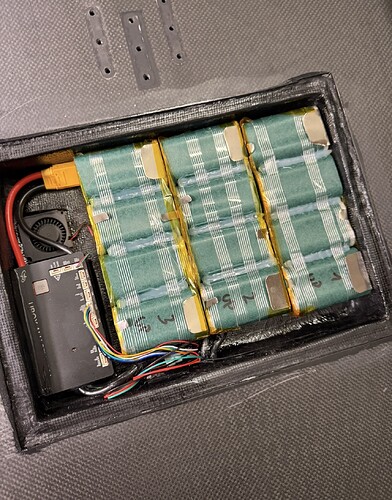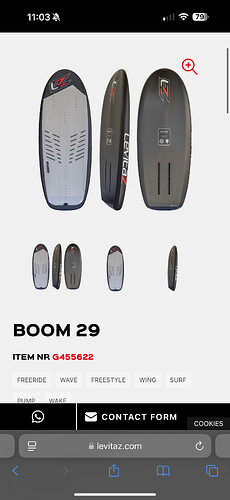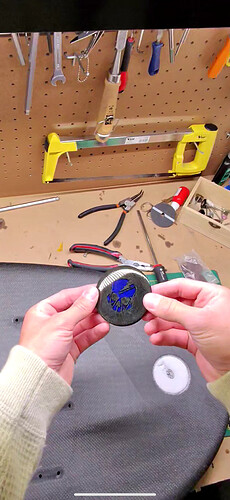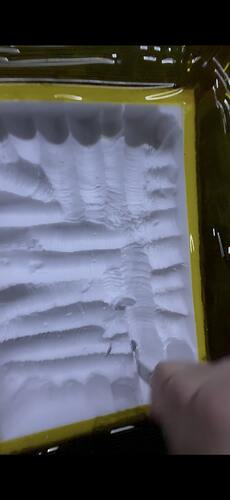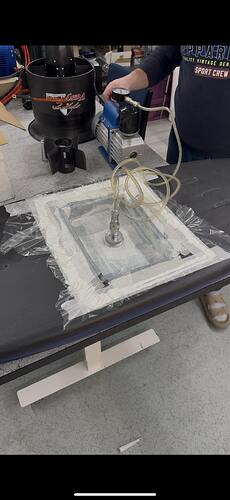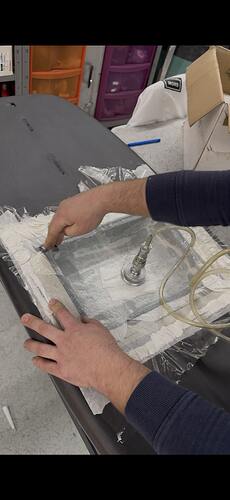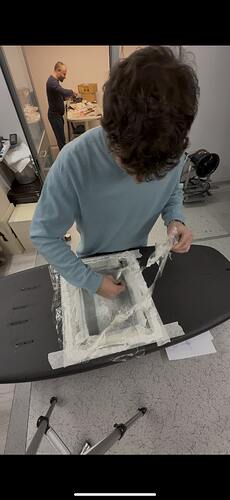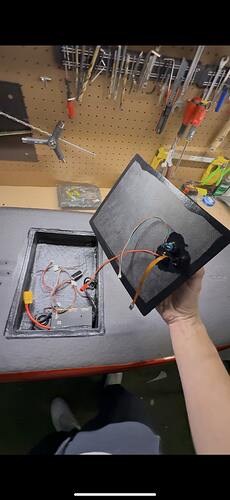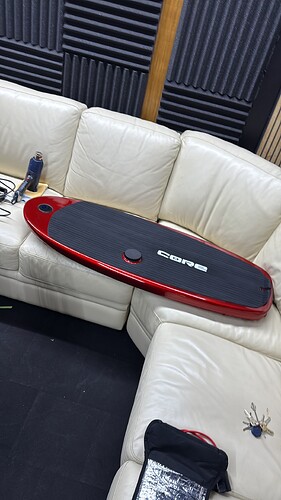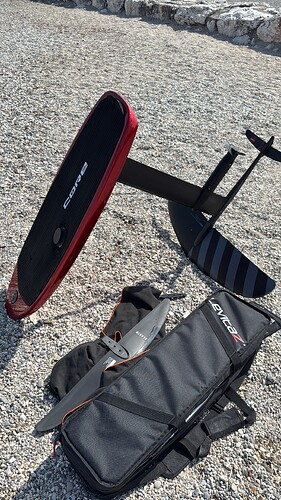Possibly One of the Lightest E-Foils in the World – My Custom Build
Hi everyone,
I wanted to share my latest custom e-foil build, which I believe might be one of the lightest ever made. It’s been a long process of research, prototyping, and optimization—but the result is a highly responsive and lightweight setup built for performance and fun.
Specs and Components:
• Board: Levitas Boom 29L, full carbon fiber – just 2.7 kg
• Foil: Full carbon construction (mast + wings). The mast has been internally drilled to allow motor cable routing
• Motor Mount: Hollow 3D printed part using HP’s Multi Jet Fusion technology
• Battery Pack: Molicel P50B cells in a 12S4P configuration, 860Wh total capacity
• Total Weight (incl. battery): Approx. 14.7 kg
• Propeller: Folding prop, currently mounted
Riding Characteristics:
Due to the extremely low volume (29L) of the board, this setup is incredibly lightweight and ultra-responsive. Every small input is immediately translated into motion, making it perfect for advanced riders looking for agility and precision.
That said, getting up on the board is quite tricky because of how little buoyancy it offers—this is definitely not a beginner-friendly setup. For now, I’m using a larger front wing to help with stability and lift until I get more comfortable with the board.
Bonus:
With the folding prop currently installed, pumping becomes remarkably easy. This significantly improves glide time once off power and opens the door to more hybrid styles of riding.
The mast:
The battery:



